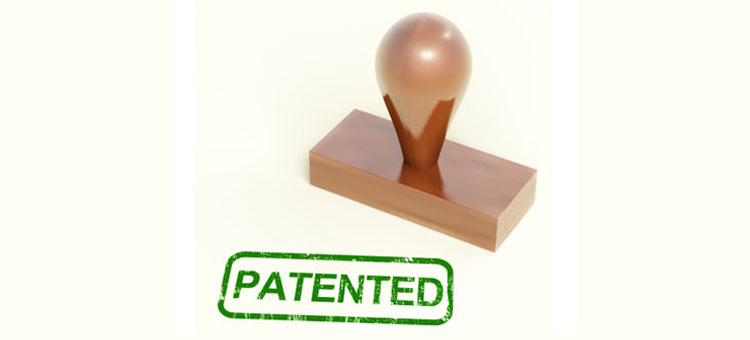When it comes to your intellectual property, there are many terms that are used to describe different types of protection. For a person without experience, these may be considered to be interchangeable and it is quite common to hear people talk about copyrighting their invention. So, what are the different types of intellectual property, and what is their purpose?

Patents are used to protect inventions. In general, inventions include products (like tools), compositions (chemical compositions), machines, processes (methods of doing something) and improvements on any of these. It’s important to understand that inventions are not abstract ideas or specific principles. These ideas and principles must be in a tangible form. As an example, I had a great idea about inventing a large climate controlled bio-dome around my house to keep out the cold winter. That idea is certainly not patentable, however if I was able to describe a method of creating a climate controlled bio-dome that would work, that could potentially be patentable.
- Trademarks are used to protect brands. Names, slogans and logos are the most common types of trademarks, but sounds, methods of packaging and other things may also be registrable as trademarks.
- Copyright protects literary, dramatic, musical or artistic works. Books, songs, Broadway musicals and painting are all examples of things that are copyright protected.
- Industrial Designs are used to protect visual features of a product such as the specific shape of a bag (we’ve all seen those animal shaped backpacks for children) or even the visual features of a cell phone (http://www.cipo.ic.gc.ca/app/opic-cipo/id/dsgnDtls.do?appNm=129848&lang=eng&status=OK)
Trade Secrets are self-explanatory. A good example is the secret formula for WD-40. As long as their formula is not disclosed to the public, it remains a secret. The problem with a trade secret is that once the secret has been disclosed to the public, there is no longer any protection available.

